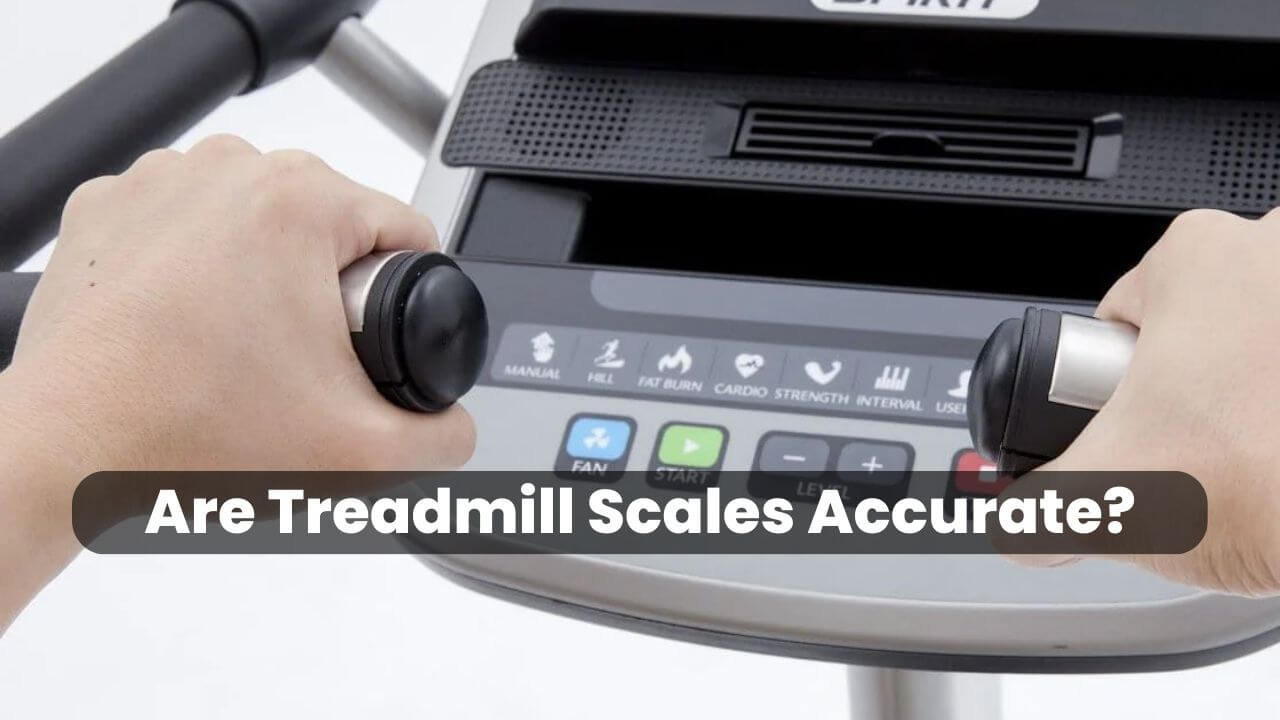Yes, treadmill scales can provide accurate measurements, but several factors need to be considered to ensure optimal accuracy. Weight distribution, body composition, calibration, and proper maintenance play crucial roles in obtaining reliable results.
Treadmill scales serve as fitness tracking tools that measure a person’s weight while using a treadmill.
Accurate measurements are essential for tracking progress and achieving fitness goals effectively.
This article delves into the factors influencing the accuracy of treadmill scales and provides insights on maximizing their precision.
Table of Contents
Understanding Treadmill Scales
Treadmill scales are devices designed to measure an individual’s weight during treadmill use. They typically consist of built-in or external scales, varying across different brands and models.
Definition and Function
Treadmill scales are integrated or separate weighing systems that capture a user’s weight while walking or running on a treadmill.
These scales employ load cell technology to convert the applied force into weight readings.
Types of Treadmill Scales
There are two main types of treadmill scales: built-in and external scales. Built-in scales are directly incorporated into the treadmill, while external scales are separate units placed near the treadmill.
Numerous brands and models offer treadmill scales, each with its unique features and functionalities.
Factors Affecting Accuracy
To ensure accurate readings from treadmill scales, various factors need to be considered, including user variables and calibration and maintenance.
User Variables
User variables, such as weight distribution and body composition, can impact the accuracy of treadmill scales. Uneven weight distribution or fluctuations in body composition can lead to variations in readings.
Clothing and footwear choices may also influence weight measurement.
Calibration and Maintenance
Regular calibration is essential for maintaining accurate results. Treadmill scales should be calibrated according to the manufacturer’s instructions or professional guidance.
Proper maintenance, such as keeping the scale clean and ensuring adequate battery power, also contributes to maintaining accuracy.
Evaluating the Accuracy of Treadmill Scales
Comparing treadmill scales with standard weighing scales and employing accuracy testing methods are effective approaches to evaluate their precision.
Comparison with Standard Weighing Scales
Treadmill scales differ from traditional weighing scales, and it’s important to understand their distinctions. Each method has its pros and cons, such as the ability of treadmill scales to measure weight during exercise.
Comparing the two can provide insights into accuracy levels.
Also read: Do Planet Fitness Treadmills Weigh You?
Accuracy Testing Methods
To determine the accuracy of treadmill scales, various methods can be employed. Using calibration weights allows users to verify the scale’s accuracy against known weights. Conducting controlled experiments under consistent conditions further aids in evaluating accuracy.
Best Practices for Maximizing Accuracy
To optimize accuracy while using treadmill scales, it is crucial to follow proper usage techniques and prioritize regular maintenance and upkeep.
Proper Usage Techniques
Adhering to specific usage techniques enhances accuracy. Users should step onto the treadmill scale correctly, ensuring proper balance and positioning. Avoiding common mistakes such as leaning on handrails or stepping off too quickly can improve precision.
Regular Maintenance and Upkeep
Regular maintenance and upkeep significantly contribute to accurate readings. They were cleaning the treadmill scale to remove dirt or debris, replacing batteries as needed, and performing software updates when available to help maintain optimal performance.
Conclusion
In conclusion, treadmill scales can provide accurate weight measurements, but users must consider various factors.
Understanding the function of treadmill scales, evaluating accuracy through comparison and testing methods, and following best practices for usage, calibration, and maintenance are key to obtaining reliable and consistent results.
By maximizing accuracy, individuals can effectively track their progress and achieve their fitness goals.
